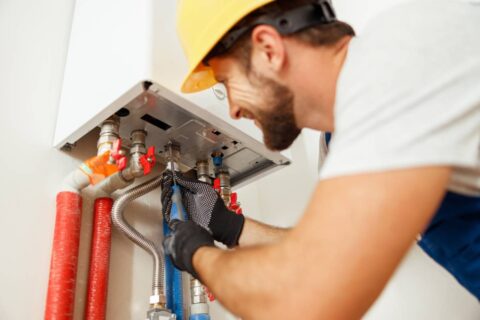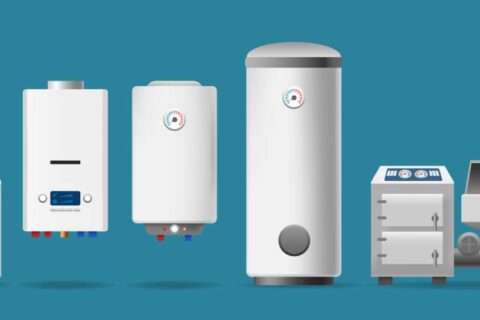What is the Optimal Temperature For Your Hot Water Heater?
Everyone knows when a hot water heater is not working because it makes your morning shower a very unpleasant experience. However, fewer people know that a hot water heater has an optimal setting and can be customized. So even if it is working, it may not be the most efficient it can be. Let’s find out the most optimal water heater temperature.
Why would you change Water Heater Temperature?
One of the biggest reasons that you would change your water heater temperature is to allow your hot water heater to run more efficiently. This means that you will be reaping the financial rewards. Most hot water heaters are set too high, which means that you are paying more for your energy bill than you need to. In fact, the water heater accounts for 18% of a home’s energy bill on average. Like many appliances, the manufacturer’s default setting is usually set incorrectly for actual use. By lowering the temperature of your hot water heater from an unnecessarily high setting, you can save between 5% and 10% on your energy bill.
What is the optimal temperature for your hot water heater?
Saving money on your energy bill may tempt you to set your hot water heater as low as possible, but that could cause a health risk to your family. It’s important to know what the perfect temperature is so that you are not overpaying, but the hot water heater is still functioning properly and safely. Most manufacturers set the hot water heater temperature to 140 degrees Fahrenheit by default, which is too high. You can safely set the temperature down to 120 degrees, but don’t go any lower than this. The biggest reason is that this may cause your water to take longer to get warm.
Another reason for concern is that bacteria can grow inside your tank if it’s set too low. The EPA recommends setting it to 120 degrees, but it ultimately comes down to personal preference. You can still set the temperature higher if you find that 120 degrees doesn’t heat the water to your liking. This is only a guideline, so try a few different settings to find your perfect temperature. Also, if you live with anyone who has a compromised immune system, it may be safer to set the temperature higher to kill more bacteria.
How do you change the temperature on your hot water heater?
Now that you’ve turned your water heater down to save money, the next big question is how to do it. Each model and type will vary slightly, but here is the basic outline of how to do it. The easiest and most modern water heaters will have a thermostat on them that you can easily adjust using controls close by. Be aware that most electric hot water heaters will have a thermostat on the top and the bottom of the tank, so be sure to adjust both. The most complicated tank water heaters are still fairly simple, but it’s a bit more involved than just turning a dial or pushing a button.
If you don’t see a dial or thermostat panel, then first turn off the power to the tank at the circuit breaker. Next, find the access panel and unscrew the panel to open it. Use a screwdriver to adjust the temperature, making sure to do both if it has a top and bottom thermostat. Replace the access panel and turn the power back on. For gas hot water heaters, you may need to reignite the pilot light too. It’s as easy as that. If you have any trouble with your water heater or any questions, always ask the professionals. New Generation Plumbing is here to help and can assist you with any of your plumbing needs.


